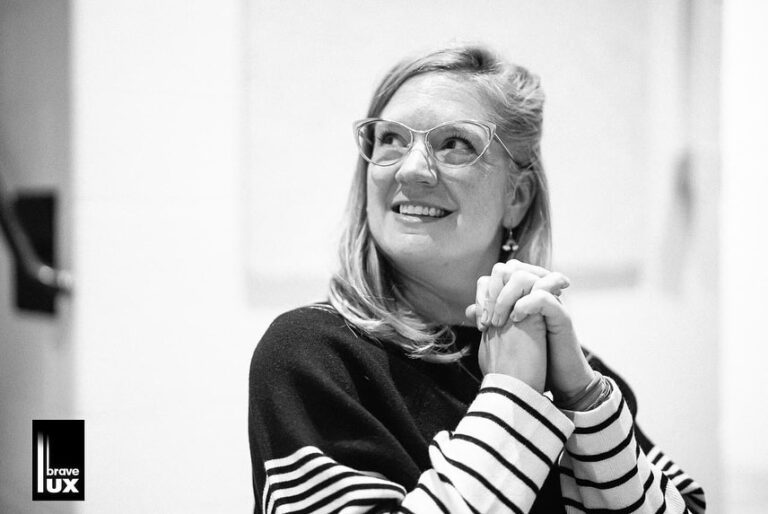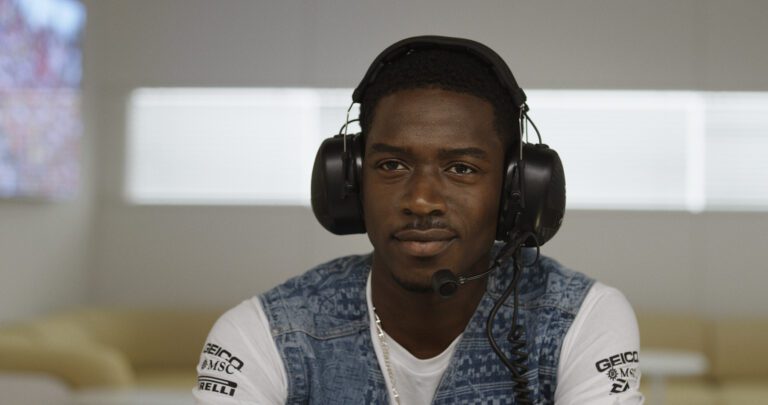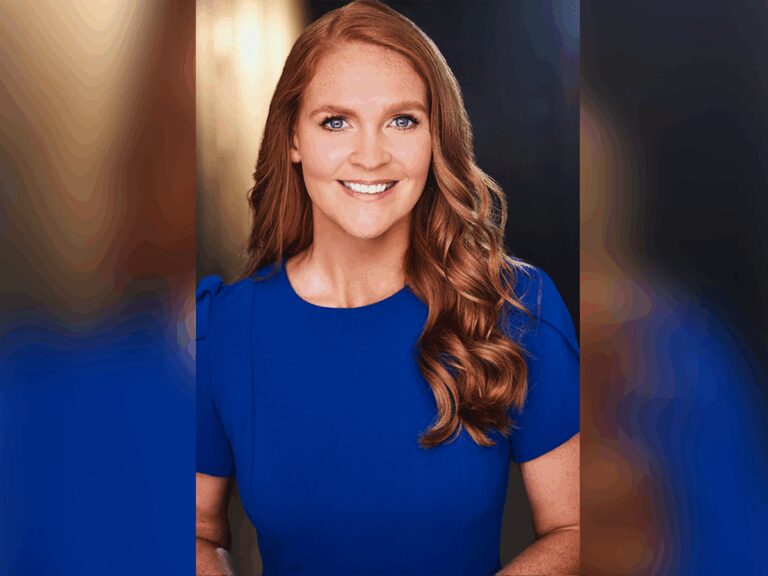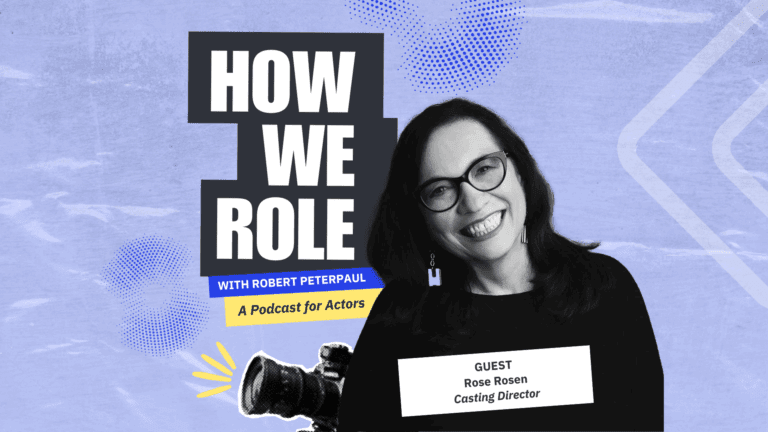In a recent interview with Faith Hibbs-Clark, the casting director mentioned how her background as a deception detection expert played a role in her casting. She even came up with an acting technique called the Communication Method for Actors based on the science behind her former profession. Hibbs-Clark said that through auditioning actors, she saw a need for a science-based approach that helped them deliver consistently strong performances, rather than leaving it up to chance. Keep reading for Hibbs-Clark’s overview of the Communication Method for Actors and how it works.
Faith, it’s great to talk with you again, and I’m so curious to hear more about this method. Can you start with an overview of how it works?
The Communication Method for Actors comes from the point of view that all acting is communication and that all acting is a lie. When an actor performs lines, they are essentially telling a lie because they’re not that person and not experiencing those things. So how do we make their audition believable? We use the science of psychology and the art of communication to evoke feelings in the person watching the performance. It is an outside-in approach that focuses on how the actor is perceived and allows them to specifically craft their performances. Instead of hoping for a happy accident and having that magical moment in an audition where everything clicks, actors can use a science-based technique that offers consistency in their work.
That is such a fascinating way to apply science to acting. And how does adopting certain body language affect an actor’s emotions?
So the science of nonverbal communication is based on the fact that the human brain is hard-wired to behave in certain ways when we feel certain emotions. And each and every one of us knows how to interpret those messages. For example, if you come home and see your significant other sitting across the room with folded arms and a scowl on their face, you would probably think that they were angry with you. Their brain would be sending signals to their body to display mannerisms that reflect their emotions, and your brain would be reading and interpreting those mannerisms. But if you reverse-engineer the process and take on the physical manifestation of the reaction that the body has when it feels a certain emotion, you can actually trick the brain into thinking you’re experiencing that emotion. So if you fold your arms and furrow your brow, your brain will eventually accept the message that you’re angry. And then it will release chemicals to make your body actually feel angry.
Wow. The power of the human brain is so incredible. How does that all factor into your technique?
Instead of pretending to feel something or trying to conjure up emotion, it allows the actor to in essence hack their brain to make it actually feel something. They then get this chemical cocktail that makes their entire being feel the emotion they’ve chosen. The technique also gives your brain a constructive plan, which helps it function under the pressure of an audition without going into survival mode. Actors may forget their lines or start shaking or sweating as nervous physiological reactions to fear in an audition. The idea is that having a carefully-crafted plan for your brain to focus on is very helpful for your performance. I create formulas for actors that are based on certain communication and scientific principles. One example of a formula that can be utilized in an audition is based on how the brain receives visual and vocal information. They’re processed in different parts of the brain, and sound is actually received one-tenth of a second slower than sight. So the formula plays on that dynamic to ensure that the receiver of the actor’s performance is best able to take it in.
Hibbs-Clark has introduced names like Emma Stone to her method and often uses it to coach A-listers when they’re filming in the Albuquerque production hub where the casting director is located. Those interested in learning more about the Communication Method for Actors or trying out a virtual class can check out its website.
But the casting director reminds us that the science behind her method isn’t limited to actors. “The practical application in our real, everyday lives is that if we take on the physical manifestations of something positive, such as happiness, it will send that message back to our brains,” Hibbs-Clark noted. “No matter how awful your life may be, you can actually trick your brain into feeling happiness. And I think that’s a super important lesson for all of us, regardless of our acting ambitions.” So whether you are a thespian or someone just trying to get through 2020, the Communication Method for Actors and the science behind it might be of interest to you.
–
This interview has been edited and condensed.
Looking to get your big break? Sign up or login to Casting Networks and land your next acting role today!
Related articles:
5 Tech Tools Every Actor Needs to Know
Commercial Actors Should Never… Be Without Confidence in the Audition Room
Emmy Acting Wins and the Casting Teams Behind Them













